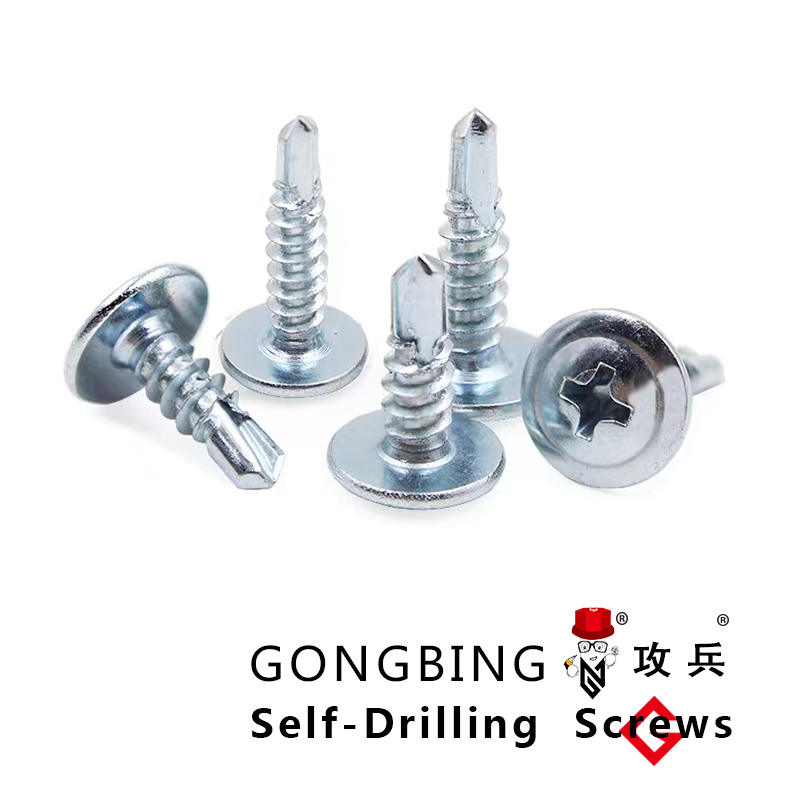Exploring M16 Chemical Anchors for Enhanced Structural Bonding Solutions
Understanding M16 Chemical Anchors A Comprehensive Guide
In the realm of construction and engineering, the importance of secure fastening systems cannot be overstated. Among various options available, chemical anchors have gained immense popularity due to their versatility and reliability. Among these, M16 chemical anchors stand out as a particularly effective solution for a wide array of applications.
What Are Chemical Anchors?
Chemical anchors, also known as epoxy anchors, are designed to provide a strong bond between the anchor and the substrate material, whether it be concrete, masonry, or other materials. They consist of a resin and hardener that, when mixed together and injected into a drilled hole, create a robust adhesive bond upon curing. This method enables them to transfer loads efficiently and securely, making them ideal for heavy-duty applications.
M16 Chemical Anchor Specifications
The M16 in M16 chemical anchors refers to the diameter of the bolt used in conjunction with the anchor. M16 bolts are 16mm in diameter and are known for their strength and durability. Chemical anchors in this category are typically used for applications requiring significant load-bearing capacity. They are suitable for both static and dynamic loads, making them a preferred choice for structural connections, machinery installations, and even for anchoring safety barriers.
Applications of M16 Chemical Anchors
M16 chemical anchors find extensive use across various sectors
. Some common applications include1. Construction and Structural Engineering These anchors are ideal for securing steel beams, columns, and other structural elements to concrete. Their high load capacity allows for safe connections that meet structural requirements.
2. Facility Maintenance and Industrial Applications In industrial settings, M16 chemical anchors can be used to anchor machinery, shelving units, and storage racks. This ensures stability and safety in environments that are subject to vibrations and movement.
m16 chemical anchors

3. Infrastructure Projects Roads, bridges, and tunnels often require robust anchoring solutions. M16 chemical anchors provide the necessary strength to secure various components in these critical infrastructure projects.
4. Residential Projects Home improvement enthusiasts can also benefit from M16 chemical anchors. They can be used for mounting heavy items such as large shelves, cabinetry, and fixtures securely to concrete walls.
Installation Process
The installation of M16 chemical anchors involves several steps
1. Drilling the Hole A suitable drill bit is used to create a hole in the substrate, typically slightly larger than the diameter of the anchor. 2. Cleaning the Hole It is essential to remove dust, debris, and moisture from the hole to ensure proper adhesion.
3. Mixing the Resin The resin and hardener are mixed according to the manufacturer’s instructions to form a homogeneous mixture.
4. Injecting the Mixture The mixed resin is then injected into the hole, either partially or completely, depending on the anchor and application.
5. Inserting the Anchor The M16 bolt is inserted into the resin-filled hole, which is then allowed to cure fully before application of any load.
Conclusion
M16 chemical anchors are indispensable tools in modern construction and engineering, thanks to their strength, versatility, and ease of use. Understanding their applications and installation procedures can help professionals and DIY enthusiasts alike to utilize their full potential. Whether for heavy-duty structural requirements or residential projects, M16 chemical anchors provide a reliable solution that can support the demands of various construction environments.
-
Weatherproof Plastic Expansion Anchors for OutdoorNewsJun.06,2025
-
Sustainability in the Supply Chain: Eco-Friendly TEK Screws ProductionNewsJun.06,2025
-
Load-Bearing Capacity of External Insulation FixingsNewsJun.06,2025
-
Double Head Bolts: Enhancing Efficiency in Industrial MachineryNewsJun.06,2025
-
Corrosion Resistance in Chipboard Screws: Coatings for Wholesale DurabilityNewsJun.06,2025
-
Butterfly Toggle Bolts : Enhancing Structural ResilienceNewsJun.06,2025
